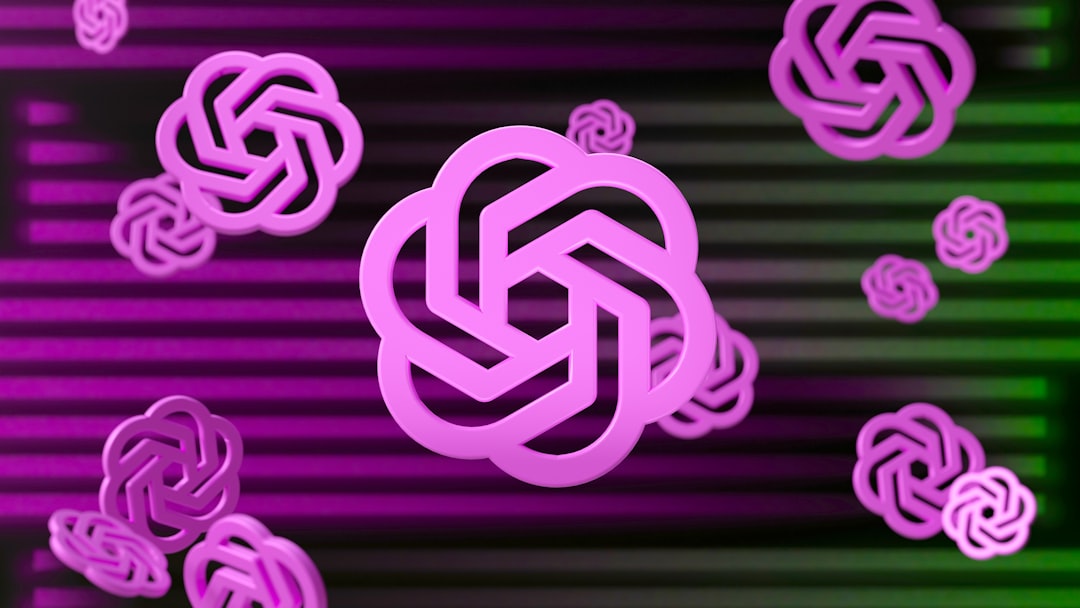Are you ready to take a thrilling leap into the innovative world of OpenAI's latest announcements? Buckle up and prepare to be amazed!
OpenAI has just unleashed the highly anticipated GPT-4 Turbo model, offering enhanced capabilities at a more affordable price.
But that's not all! They're also introducing a groundbreaking Assistants API, empowering developers to create AI apps with persistent and endlessly long threads.
And let's not forget the improved multimodal capabilities, from vision to text-to-speech.
Get ready to be blown away by OpenAI's cutting-edge advancements!
GPT-4 Turbo: More Capable and Affordable
GPT-4 Turbo, the latest model from OpenAI, offers enhanced capabilities and affordability for users. This new model is more powerful and comes at a lower cost. With its larger context window of 128K, it can handle even more complex tasks. The improved function calling accuracy makes it ideal for following specific instructions.
The new JSON mode and reproducible outputs feature enhance its usability. OpenAI has also made improvements to the GPT-3.5 Turbo model, with better instruction following and parallel function calling.
The Assistants API is another exciting addition, allowing developers to build more advanced AI applications. It introduces persistent and infinitely long threads, along with tools like Code Interpreter and Retrieval. OpenAI is committed to expanding the capabilities of the GPT-4 Turbo, offering experimental access to fine-tuning and a Custom Models program for organizations needing more customization.
Lowered prices and increased tokens per minute limit, OpenAI aims to provide an affordable and accessible AI experience for all users.
New Assistants API for AI App Development
To enhance AI app development, OpenAI has introduced a new Assistants API.
This API allows developers to build more complex AI applications by providing features like persistent and infinitely long threads.
The Assistants API, you can now create assistants that call on new tools such as Code Interpreter and Retrieval. These tools expand the capabilities of your assistants and enable them to perform a wide range of tasks.
OpenAI has expanded the modalities in the API to include vision, image generation (DALL·E 3), and text-to-speech capabilities. This means that your AI apps can now have enhanced visual and audio features.
The new Assistants API opens up exciting possibilities for AI app development, empowering developers to create more advanced and interactive applications.
Expanded Multimodal Capabilities
With the introduction of the new Assistants API, OpenAI has expanded its multimodal capabilities, allowing developers to create more advanced and interactive AI applications. The API now includes GPT-4 Turbo vision, DALL·E 3 image generation, and text-to-speech capabilities.
This means that developers can now incorporate visual input, generate images, and convert text into speech using the OpenAI platform. These expanded multimodal capabilities open up a whole new range of possibilities for creating immersive and dynamic AI experiences.
Whether you want to build a chatbot that can understand and respond to images, or an application that can generate realistic images based on text prompts, the Assistants API now provides the tools and resources to bring your ideas to life.
Increased Customization Options
OpenAI's latest announcements also include expanded customization options, allowing developers to tailor AI applications to their specific needs.
The introduction of the Custom Models program, organizations now have the opportunity to fine-tune the GPT-4 model according to their requirements. This experimental access to GPT-4 fine-tuning empowers developers to achieve a higher level of customization and control over their AI models.
OpenAI is lowering prices across the platform, making it more accessible for developers to leverage these customization options. By providing increased flexibility, OpenAI enables developers to create AI applications that align precisely with their unique use cases and objectives.
This emphasis on customization ensures that developers can optimize AI models for their specific tasks and maximize the value derived from OpenAI's technology.
Platform Improvements and Updates
Make your AI applications more powerful with the latest platform improvements and updates from OpenAI.
OpenAI has introduced a new GPT-4 Turbo model that isn't only more capable but also cheaper. This model supports a larger context window of 128K, providing you with more flexibility.
OpenAI has launched a new Assistants API, allowing developers to build more complex AI applications. With persistent and infinitely long threads, assistants can now call on new tools like Code Interpreter and Retrieval.
OpenAI is also expanding the modalities in the API, including vision, image creation (DALL·E 3), and text-to-speech capabilities. They've also lowered prices and increased the tokens per minute limit for GPT-4 customers.
Moreover, OpenAI has released Whisper large-v3, an improved open-source automatic speech recognition model, and the Consistency Decoder for improved image compatibility.
Stay ahead with these exciting updates and enhance your AI applications.
